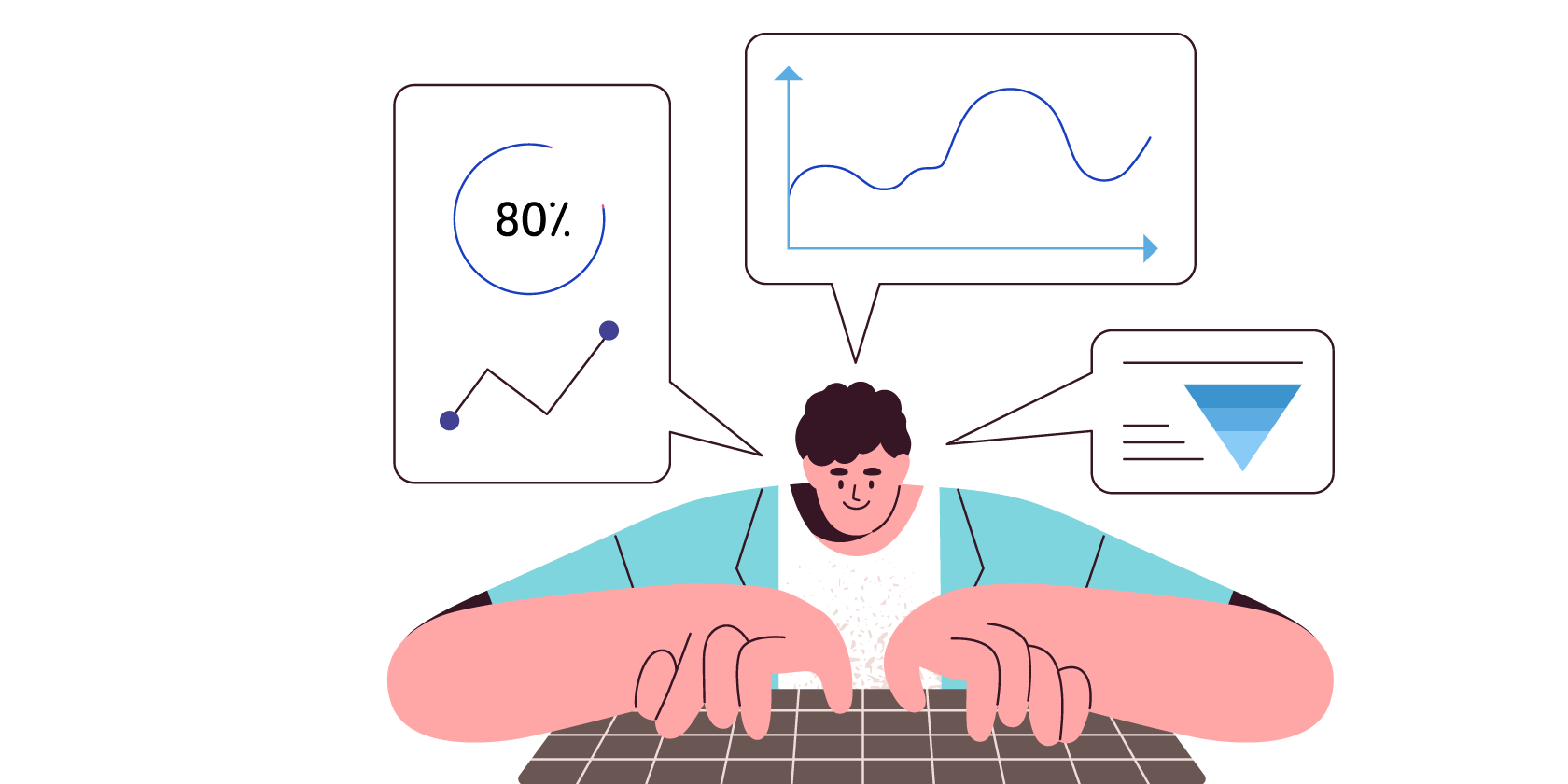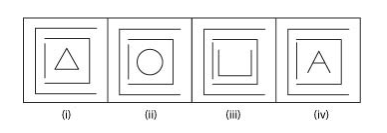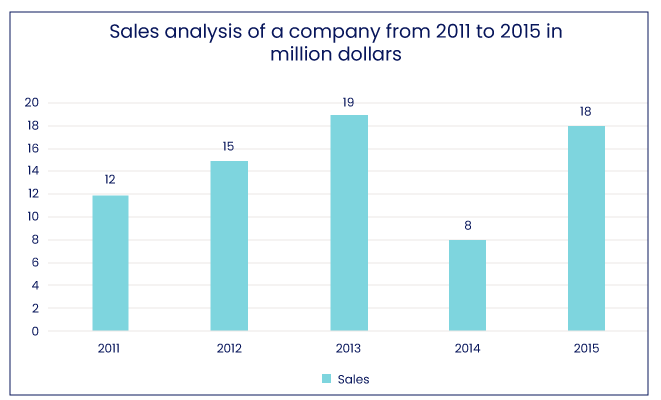What are Different Types of Cognitive Ability Tests
Intelligence bears several facets, and there are many cognitive abilities an individual may possess in varying degrees.
Thus, there are many cognitive abilities tests available for use by recruiters while selecting a candidate. Each job role requires
the employee to have a specific set of cognitive skills to perform the job as expected. Therefore, the cognitive ability tests
deployed must be chosen in such a way to assess those abilities required by the job.
Thank you for downloading!
P.S. - Don’t forget to check your spam folder,
if you don’t find the email in your primary email.
Designing a cognitive ability test requires attention to detail and precision. Each test must use questions explicitly targeted
at the cognitive ability being measured. An examination of Verbal Reasoning must not pose math questions, or a test of perceptual
speed and accuracy must limit the time provided to the candidates. There are a number of manual cognitive ability assessment tools
available for this purpose; however, those are always prone to error so an automated process is ideal.
Now, let us look at the list of cognitive tests available and how they should be chosen while hiring for various job roles.
1. Associative memory tests:

Associative memory defines the ability to recall relationships between different objects or an object and its context. It allows
individuals to make connections and inferences even when those connections are not clearly defined. The quality of candidates’
associative memory significantly dictates how they perform at the workplace.
Assessment formats
Participants see several randomly assorted pictures of objects and their names and are asked to reproduce the correct pairs.
Photographs and moving images such as GIFs are standard formats for testing.
Sample Question

Write down the alphabets in proper sequence.
2. Data interpretation

Today, organizations need to deal with a vast amount of complex data, requiring individuals to interpret and analyze large data
sets. Data interpretation tests measure an individual’s ability to evaluate data, perform calculations, and draw appropriate
conclusions.
Assessment formats
Candidates are presented data in tables, graphs, charts, trend lines, etc., and must answer questions
based on their analysis.
3. Quantitative aptitude

Quantitative aptitude measures an individual’s ability to work with numbers and solve arithmetic
problems. Candidates need to answer a worded question by forming an appropriate logic using the
critical facts provided.
Assessment formats
Graphs, tables, and charts are standard formats of assessment in these tests. Candidates need to infer
the correct data, make conclusions, and answer the questions.
4. Perceptual speed

Perceptual speed defines the ability to quickly and accurately perceive similarities and differences
among sets of letters, numbers, objects, pictures, or patterns. It may also include comparing a presented
object with a remembered object.
Assessment formats
Candidates may be asked to identify the odd one from a group of similar-looking objects or identify
differences between two pictures. The time taken to arrive at the answers is the measurement of the
candidate’s perceptual speed.
Sample Question
Choose the odd one out.

Options:
Correct Answer:
Topic : Odd man out
5. Logical reasoning

Logical reasoning determines how we use what we know to make decisions in our daily lives. Similarly, sound logic is a
vital attribute to have at the workplace. Logical reasoning defines the ability to analyze logically and solve critical
problems.
Assessment formats
The candidate taking the test must extract rules and analogies and use them to find a correct answer
among a set of possible outcomes. The test, generally, measures non-verbal abilities. Watson Glaser
Appraisal, Statement Analysis, Inductive Reasoning, and Puzzles are most commonly used to test logic.
6. Analytical thinking

Analytical thinking is the ability to resolve complex issues by evaluating and utilizing the information
you have gathered and organized. It involves turning data into action. Analytical thinkers can arrive at
creative solutions by finding patterns between datasets.
Assessment formats
Employees need to parse through text, diagrams, charts, etc., and gather the most relevant information
at the workplace. Thus, the analytical thinking test measures how effectively a job applicant will find
critical elements and patterns within such data. The test presents data in written passages, graphs,
tables, or shapes and asks questions that need to be answered after analyzing the data to simulate the
job requirements.
7. Numerical reasoning

Numerical reasoning is the ability to interpret and derive critical insights from data presented in
tables or graphs. Crunching numbers is an essential aspect of many job roles, especially in the IT sector.
Thus, the numerical reasoning test has significant value in recruitment tests.
Assessment formats
The test is designed to resemble the kind of data an employee will face in the job role. Commonly, a
mathematical question is posed in words, and the candidate must apply the necessary logic to provide an
answer. The candidate would also deal with graphs, tables, number sequences, etc., to reach a conclusive
answer.
Sample Question:
The bar graph given below shows the sales figure of a company from 2011 to 2015. Using this graph,
answer the question given below:

Options:
Correct Answer:
Topic : Bar Graph
8. Spatial reasoning

Spatial awareness is a necessary trait to possess in specific job roles. The employee must visualize 2D and 3D objects, spot patterns between shapes, and visualize movements and changes in those shapes. One must be able to draw conclusions about objects and space from limited information.
Assessment formats
A range of question types is used to assess the spatial reasoning ability of job applicants. Some of them are:
-
Shape matching : Examining two groups of different shapes in different layouts and rotations before matching those that are the same.
-
Group rotation : Individuals will be shown a shape, and then lots of possible alternative views of the same shape - they will have to select the correct one.
-
Mirror images : Find the mirror image of the 2D or 3D shape shown.
Sample Question:
Which figure will continue the given series?


Options:
Correct Answer:
Topic : Patterns
9. Attention to detail

Thoroughness and accuracy improve workplace productivity, efficiency, and performance. Thus, companies
consider attention to detail an essential trait while hiring.
Assessment formats
To ensure that the job applicant would be effective in their roles and would be unlikely to make
errors in work, the attention to detail test uses various assessment formats. It may ask individuals
to match or filter information, compare statements for differences, or check data consistency. Comparing
texts, numbers, images, and visuals for identifying similarities and differences is also a common way of
assessing attention to detail.
10. Abstract reasoning

Abstract reasoning test measures the accuracy and speed with which a job applicant interprets the
relationship between a collection of shapes and patterns. It is designed to assess one’s lateral thinking
ability. Employers primarily use the test job roles that involve:
- A high degree of problem-solving
- Complex data or concepts
- Developing strategies or policies
- Taking the initiative in non-routine tasks
Assessment formats
The test may ask candidates to recognize patterns between shapes and figures. They may be asked
to select, out of several possible options, which image completes a sequence, which image is missing
from the overall picture, or which image stands out from the given set.
11. Verbal comprehension
Verbal comprehension defines the ability to understand the language used by others and is determined
by the individuals’ vocabulary and receptive language skills. Employees, especially in the IT sector,
must comprehend and use language effectively while performing their jobs.
Assessment formats
The test assesses reasoning and logic through an individual’s understanding of the language. It usually
presents a written passage followed by questions with possible True or False questions. Questions may
also test the ability to apply logic by confirming whether a given statement verifies the information
provided in the passage. Such formats assess whether candidates jump to conclusions or misinterpret
information.
Sample Question:
Choose the word that best expresses the opposite meaning of the given word.
INTENSIVE
Options:
- Superficial
- Wistful
- Pertinent
- Patient
Correct Answer:
12. Word fluency
Word fluency determines the familiarity of job applicants with English words and their respective
definitions. The test ensures that the hired employees have the language skills needed for a particular
job role.
Assessment formats
To prove their word fluency, candidates need to produce as many words as possible from a category.
They may be asked to produce unique words from a semantic variety such as animals, fruits, locations,
etc., or those starting from a particular letter.
Sample Question:
Please look at the camera and speak into the microphone while giving an introduction of yourself.
Question:
Talk about three achievements you have had in the last year.
Instructions:
In order to accurately gauge a candidate's word fluency, instruct the candidate to speak for a minimum of
1 minute up to a maximum of 2 minutes.
Topic : General Introduction




















